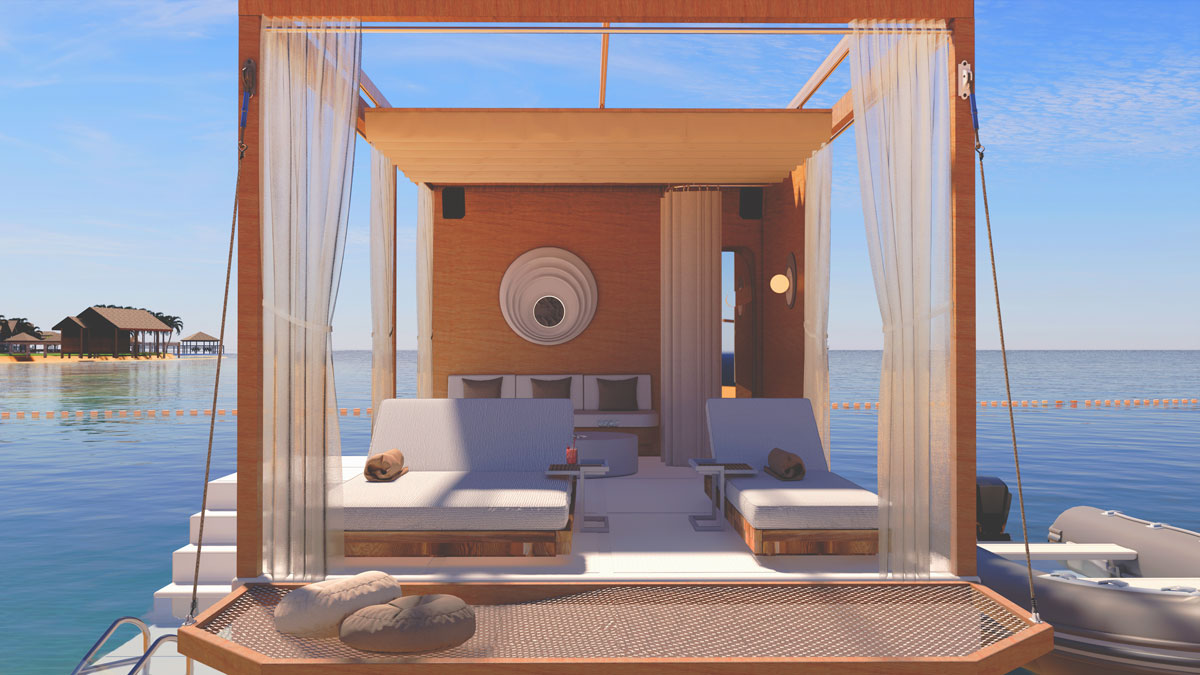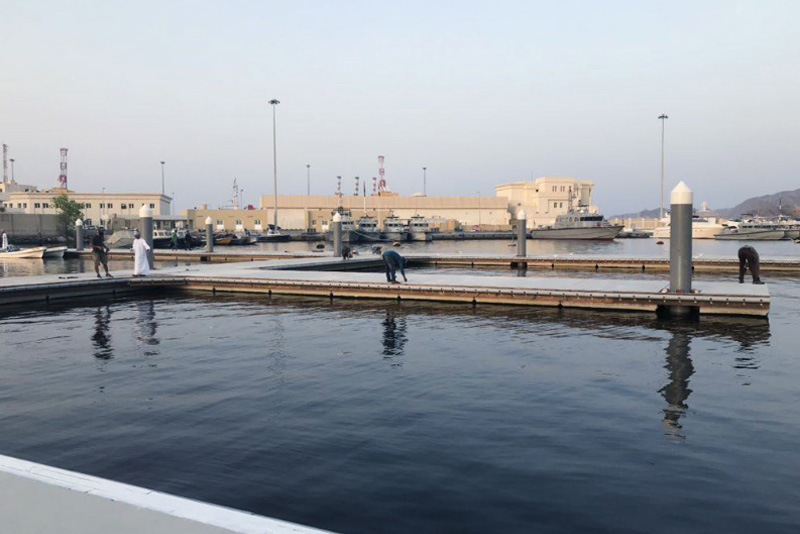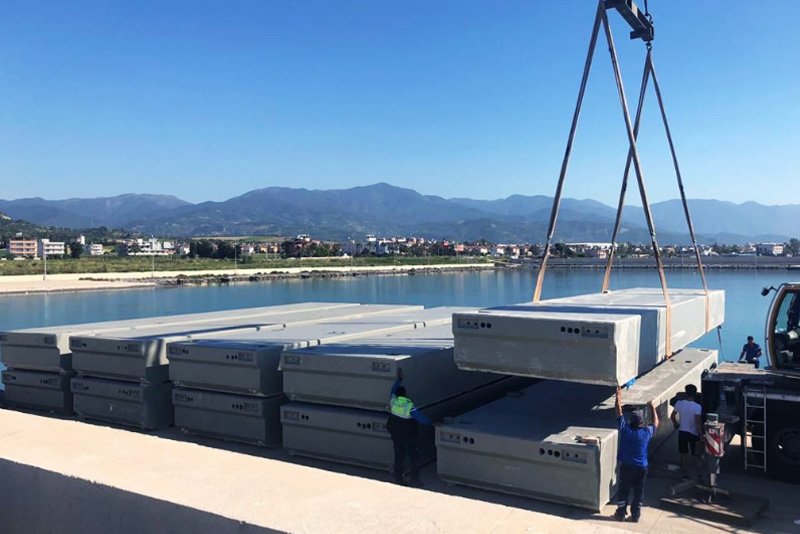
Beach holidays are no longer limited to the traditional trio of sea, sand, and sun. Today’s travelers crave unique experiences that blend relaxation with innovation. Enter the Floating Lounge, an innovative addition to waterfront properties [...]

Floating piers are basically structures on the water base or fixed to the shoreline. The purpose of using floating pontoon types may depend on various factors. We shall briefly list a few of these factors:
Classic dock and pier models are built with driving steel pile or sheets to the seabed. Over time these piles are exposed to corrosion, and the chemical paint and rust on the frame may cause serious environmental pollution. In addition, piled and fill-type structures prevent the sustainability of the seabed, damage fish nests, and adversely affect underwater natural life.

Floating piers, on the other hand, do not harm any of these materials in general because the corrosive steel are not used. It contributes to sustainable life as the mostly recyclable materials are used even after the end of its commercial life. Floating dock and pontoon models can be used in drinking water basins.
Floating dock structures are very low cost compared to piled or fill types. They can be produced during construction without the need for heavy duty machines. Especially in places where the depth of the water is high, the cost is about 80% more advantageous than that of a conventional pier. It can be used all year round and the installation and manufacturing does not depend on the season. The modular layout or dimensions of the structure enables for all kinds of changes at low costs.

Coastal laws and permanent building permits on the water are quite challenging. The building rights above water are subject to the supervision of many institutions in particularly the state administrations such as: the Ministry of Environment and Urbanization; the Ministry of Transport, Maritime Affairs and Communications; the Ministry of National Defense. It is necessary to comply with all these permits while constructing permanent classical pier structures. Although floating structures provide lasting building comfort, they do not require many of these permits. Floating pier permits can often be resolved with the permission of the local civil or port authorities, which makes the installation process much easier and faster as well as being more cost effective.
The tide is a major factor to be considered especially in the ocean-coast-countries or in countries with un-stationary water basins. Vertical tides of up to 4 meters are observed along the ocean shores. The tides cause the water to rise and fall twice per day. Conventional fixed scaffolding cannot adapt to the changes in water. For example, a boat tied to the pier at an elevated tide can become 3 meters below the pier during low tide within 4 hours. For this reason, floating pier structures are used especially in countries that have ocean coast. They provide a safe berthing and service area regardless of the tidal conditions.
